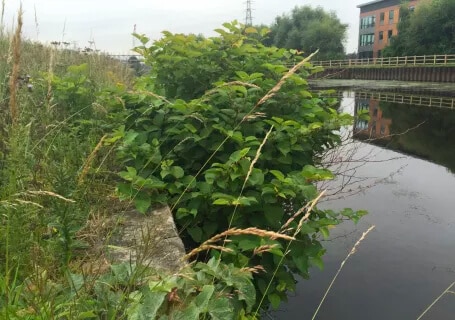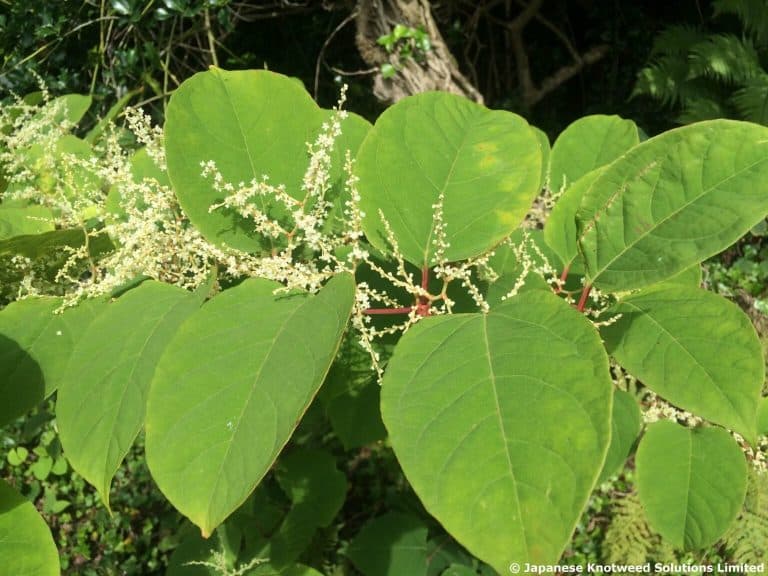Japanese Knotweed and Mortgages

0161 723 2000
8AM to 5PM

Japanese knotweed, scientifically known as Fallopia japonica, has been a cause for concern in the UK for several decades now. Originally introduced from Japan as an ornamental plant in the 19th century, it is now recognised as one of Britain’s most invasive species. The growth and spread of this plant has significant implications, especially in the context of mortgages and property values. Here, we will delve into the relationship between Japanese knotweed and the mortgage market in the UK.
One of the primary concerns associated with Japanese knotweed is its rapid growth and strong, extensive root system, known as rhizomes. These rhizomes can extend up to 7 metres horizontally and 3 metres deep. As they grow, they can penetrate weaknesses in foundations, drains, and walls, causing significant structural damage. This potential damage is a nightmare for homeowners, as it can lead to costly repairs and a decline in property value.
For potential buyers, the presence of Japanese knotweed on a property can be off-putting. Many are aware of the plant’s reputation and the challenges of eradicating it completely. As a result, properties with Japanese knotweed are often seen as less desirable, leading to a drop in their market value.
When it comes to securing a mortgage from a lender, the presence of Japanese knotweed can complicate matters. Lenders in the UK are becoming increasingly wary of providing mortgages for properties affected by this invasive species. Their reservations stem from the potential risks and costs associated with the plant, as well as the potential decline in the property’s value.
Many mortgage providers will request a professional survey if Japanese knotweed is suspected or known to be on the property. Based on the survey’s findings, the lender might:
Stipulate that a professional treatment plan and insurance backed guarantee be put in place before the loan is granted.

Given the challenges posed by Japanese knotweed, many homeowners and potential buyers opt for professional treatment services. Whilst some may attempt to tackle the plant themselves, its resilience and the potential for even a small fragment of rhizome to regrow make it a daunting task.
Professional eradication typically involves herbicide treatment or, if necessary, mechanical removal. In some cases, it might take several years of treatment to ensure the complete eradication of the plant. Mortgage lenders often require proof of professional treatment and a guarantee that the plant will not return before they approve a mortgage.

In addition to the mortgage implications, there are legal considerations to bear in mind. Under the Wildlife and Countryside Act 1981, it is illegal to plant or cause Japanese knotweed to grow in the wild. Homeowners who allow the plant to spread onto neighbouring properties might find themselves facing legal action.
Furthermore, if a seller does not disclose the presence of Japanese knotweed during a property sale, they can be sued for misrepresentation. This has led to an increased emphasis on thorough surveys and transparency during property transactions.

Japanese knotweed’s impact on the UK property market and mortgage sector cannot be understated. Its rapid growth, potential to cause structural damage, and the challenges associated with its eradication make it a significant concern for homeowners, buyers, and mortgage lenders alike.
As the UK continues to grapple with the challenges posed by this invasive species, it is essential for potential homeowners to be aware of the potential implications of Japanese knotweed. Proper management, professional treatment, and transparency during property transactions can mitigate the risks and challenges associated with this tenacious plant.